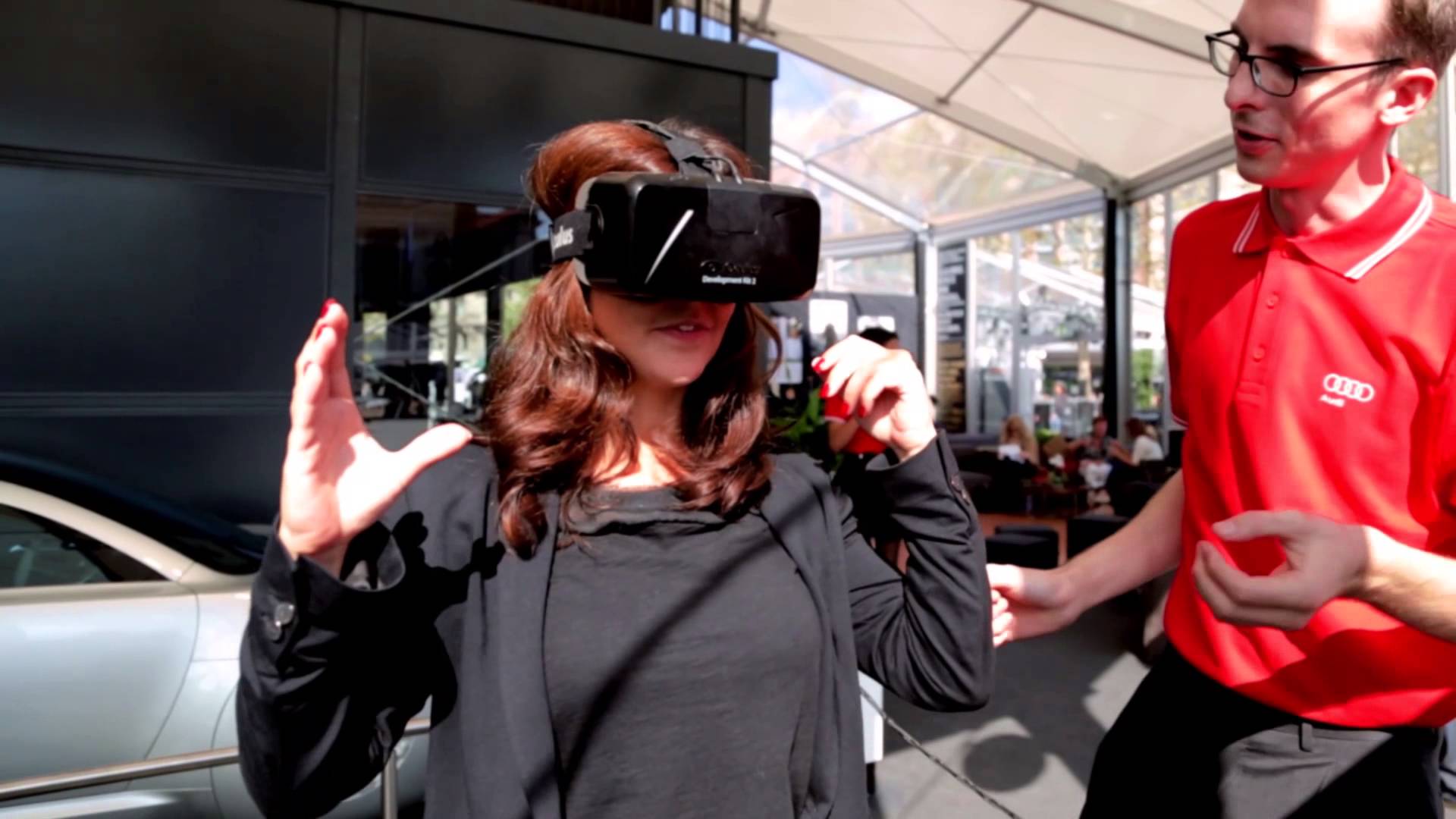Audi now offers shoppers a virtual reality ‘test drive’ at some of their dealerships. In the works for several years, the new technology lets shoppers choose from a long list of options to design their very own, specially configured Audi. Down to an amazing amount of detail, people can ‘assemble’ their ideal car and then take it for a spin without even leaving the showroom.
But after painstakingly designing their ideal car, can the dealer deliver it quickly? If not, then what happens to the disappointed, frustrated shopper?
Car Buying is Still a High-Involvement, Deeply Personal Decision
For decades, we’ve known that people view their cars as an expression of their personality. That won’t change. Like having clothes custom tailored, people place great emphasis on which vehicle they choose to own.
Virtual reality (VR) is supposed to make it easier for shoppers to get exactly what they want. And it’s supposed to generate more emotion, more excitement, and do it faster than traditional selling does. That’s why VR is hyped to become a significant competitive advantage for dealers that use it, and an immediate one at that.
But buying a car with less help from a qualified salesperson, or even buying a vehicle online with no help, is risky business. It’s not like ordering a pizza online. If you order a pizza that you don’t like, it’s no big deal. But a consumer who purchases a vehicle that proves to be poorly suited for himself has to live with that bad choice through many years of monthly payments.
Let’s Step Away from the Hype for a Moment
As we know, consumer sentiment towards sales professionals is shifting. People place less value on getting personal help from salespeople in many fields. The market is changing, driven by advancing technology. But as people get the new type of buying experience they want, maybe service is getting worse, and perhaps that vacuum will create a new type of selling advantage for the smart dealer.
Look again at Audi’s biggest selling point. Shoppers can choose from a field of models, each with its own long list of options, and then combine those options a great number of different ways. Conceivably the shopper might have thousands of variations on vehicles to choose from. Along with the sensation of motion, sight and sounds, that’s the selling point of VR.
Crushed Buyer Expectations – Will It be an Opportunity for You?
But you can’t keep thousands of vehicles on your lot. Therefore, VR builds the increased chance of disappointment into the sales process. How do you salvage a sale when the enthused shopper can’t take delivery of ‘his’ or ‘her’ car that same day? Can you tell them to wait weeks for their car to be built? Or will they merely settle for something they perceive as ‘not as good’ from your lot. Who knows. But a customer who feels jilted like that is at risk to buy from another brand.
What about the credit challenged shopper? It’s not good salesmanship to get them hyped on vehicles they won’t qualify to purchase. For those reasons, VR won’t immediately be an end-all, change-all for the way vehicles are sold.








